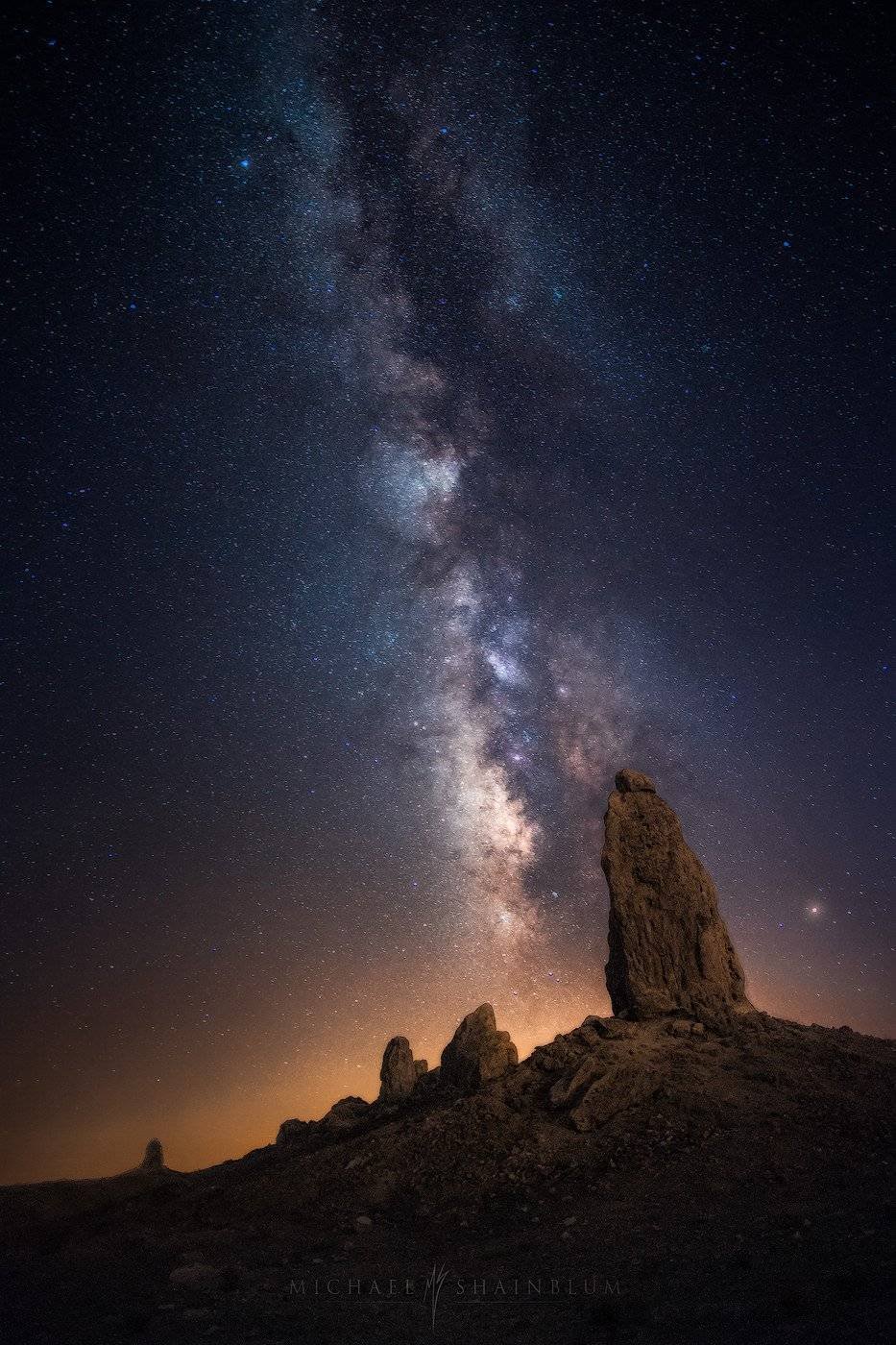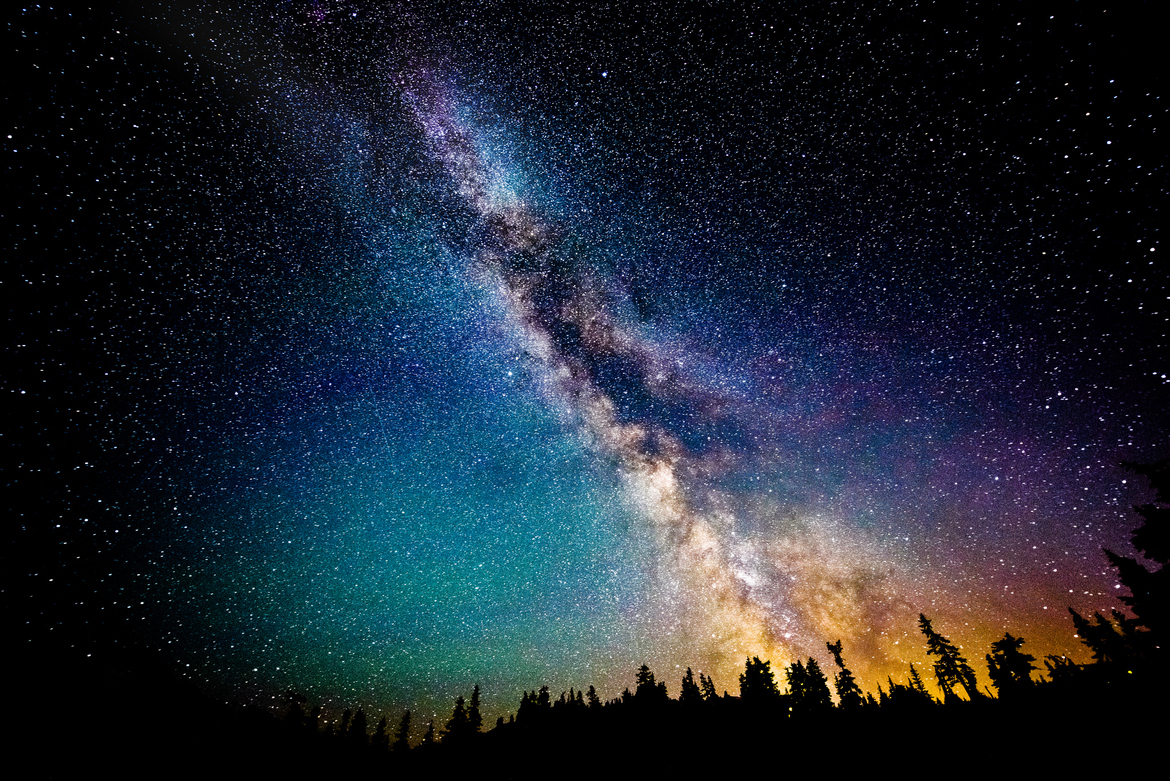Photography Of Night Sky
Photography Of Night Sky - When it comes to photography, there are many different genres and styles to choose from. Whether you prefer portraits, landscapes, or action shots, there is something for everyone. However, one of the most spectacular and awe-inspiring types of photography has to be night sky photography. There is something truly magical about capturing the stars in all their glory, and creating stunning images that transport viewers to a different world. In this post, we will explore some of the most magnificent night sky photographs from around the world, and offer tips and advice on how you can create your own breathtaking shots.
Night Sky Photography Tips:
1) Use a low aperture:
If you want to capture the stars in all their brilliance, then you need to use a low aperture on your camera. This means opening up the lens as wide as possible, to let in as much light as possible. In general, you want an aperture of f/2.8 or lower. This will also give you a shallow depth of field, which can create a nice bokeh effect around the stars.
2) Use a tripod:
Since you are often working with long exposures when photographing the night sky, it is important to keep your camera stable. This means using a sturdy tripod, and making sure that your camera is securely attached. This will prevent any camera shake from ruining your shots, and ensure that your images are sharp and clear.

3) Use a remote shutter release:
Another way to avoid camera shake is to use a remote shutter release. This will allow you to take pictures without touching the camera, which can reduce the risk of causing any movement. There are many different types of remote shutter releases available, so find one that works best for your camera and shooting style.

4) Experiment with different exposures:
When it comes to night sky photography, there is no one-size-fits-all approach. Depending on the conditions, the intensity of the stars, and your equipment, you may need to adjust your settings to get the best results. Try experimenting with different exposures, and see what works best for you. You may need to use a longer or shorter exposure time, or a different ISO setting, to get the right balance of brightness and clarity.

Night Sky Photography Ideas:
1) Capture the Milky Way:
The Milky Way is one of the most beautiful and striking features of the night sky. It appears as a bright band of stars and gas, stretching across the sky like a river of light. To capture the Milky Way in all its glory, you will need to head out to a location with low light pollution, and use a long exposure to capture as much detail as possible.

2) Include an interesting foreground:
One way to add depth and interest to your night sky photographs is to include an interesting foreground element. This could be a tree, a building, or a rock formation. By placing the stars in context with something else, you can create a more dynamic and engaging image.
3) Experiment with light painting:
Light painting is a technique that involves illuminating a dark scene with a handheld light source. This can create interesting and surreal effects, and add another dimension to your night sky photography. Try painting a tree or building with a flashlight, or lighting up a trail or path.

How To Take Night Sky Photos:
1) Scout out locations:
The first step in taking great night sky photos is to find a good location. Look for areas with low light pollution, such as national parks or remote wilderness areas. You can also use apps like Dark Sky Finder or Light Pollution Map to help you find the best spots in your area.
2) Choose the right equipment:
In addition to a camera and tripod, you may also want to invest in a wide-angle lens and a remote shutter release. These can help you capture as much detail as possible, and avoid any shake or blur in your images.
3) Set your camera up correctly:
Before you start shooting, make sure that your camera is set up to capture the night sky. This means using a low aperture, setting your shutter speed to a few seconds or longer, and adjusting your ISO to get the right level of brightness. You may also want to use manual focus, to ensure that you are capturing the stars sharply.
4) Experiment with different settings and techniques:
As mentioned earlier, night sky photography is all about experimentation. Try different exposure times, ISO settings, and apertures, and see what works best for your setup. You may also want to try light painting, or including foreground elements in your shots. The more you experiment, the more you will learn about what works and what doesn't.
Once you have mastered the basics of night sky photography, the possibilities are endless. With a little bit of patience and practice, you can capture some truly stunning images that will take your breath away. So get out there, explore the night sky, and let your creativity soar.
Read more articles about Photography Of Night Sky
Post a Comment for "Photography Of Night Sky"